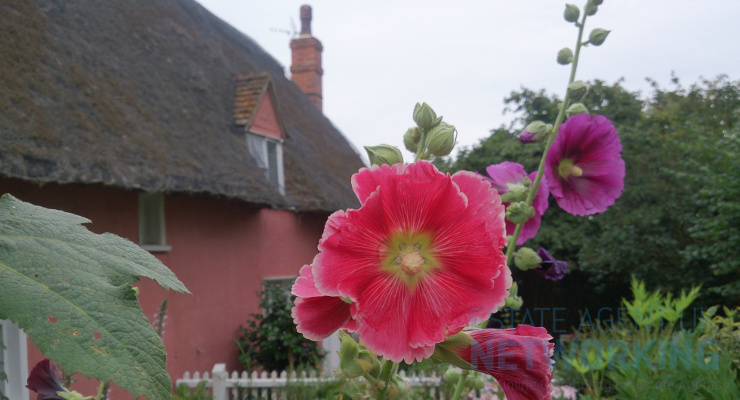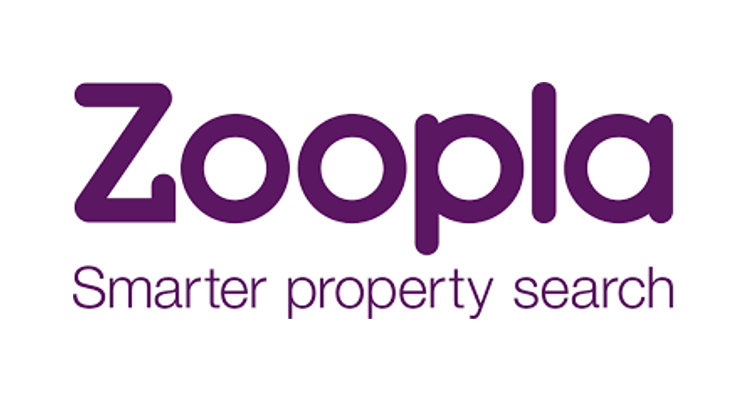Why Rural House Prices Are Surging Faster Than Cities
New analysis from Open Property Group reveals that rural England is facing an affordability crunch, as house prices in the countryside outpace urban growth, despite lower average wages and higher living costs in remote areas. These shifting dynamics are challenging the long-standing assumption that rural life offers a more affordable and sustainable alternative to the city.
Once seen as a financial refuge from soaring city prices, the English countryside is now becoming increasingly out of reach for many homebuyers, particularly younger and lower-income households.
Rural house prices grew faster than urban areas between 2018 and 2023:
+22% average house price increase in rural areas
+17% average house price increase in urban areas
Some experts believe that the pandemic-era migration trend, with city dwellers seeking space and lifestyle, has inflated demand and prices in rural housing markets.
Wages in rural areas lag behind urban centres:
Median workplace earnings:
Rural: £25,600
Urban: £27,200
As house prices climb, the local workforce, particularly in agriculture, care, and hospitality, are being priced out of their own communities.
Affordability is worsening nationwide, but rural buyers are hit harder:
Median house price in England: £290,000
Median full-time earnings: £37,600
National price-to-earnings ratio: 7.7x
In many rural areas, this ratio is likely even higher, as local earnings don’t match the housing market’s urban-fuelled price inflation.
The cost of living crisis compounds the issue: Although inflation has slowed, mortgage rates remain high, energy and food costs are elevated, and rural households often face higher transport and fuel costs.
Peak UK inflation: 11.1% in Oct 2022
Inflation as of May 2024: 2.0%
‘Escaping the city’ does come with hidden costs, however, which typically include:
Higher travel expenses due to commuting and lack of public transport
Increased reliance on cars
Fewer local amenities and social opportunities
Jason Harris-Cohen, Managing Director of Open Property Group states that: “House prices in rural areas have risen sharply, but wages haven’t kept up. What was once considered a cheaper alternative to city living is now pricing many out. Buyers need to consider not just price, but the total cost of rural life.”
“Rural communities are caught in a paradox: demand has driven prices skyward, but the local economy hasn’t followed suit. The result is a growing gap between what people earn and what homes cost — a key contributor to the rural housing crisis.”
“As policymakers debate solutions to the housing and cost of living crisis, rural affordability must be placed higher on the agenda.”









